

About Us

Founder: Masajiro Tatsuki
The Tatsuki Kofukai Public Interest Foundation operates a hospital as a medical research institute and conducts clinical research. Located in Ogimachi, Kita-ku, Osaka, it functions as an acute care general hospital. The foundation was founded with a donation from Osaka businessman Tatsuki Masajiro, who was active in the cotton industry and was involved in the establishment of Toyobo and Nisshinbo Holdings, to contribute to academic research at Kyoto Imperial University (now Kyoto University), in gratitude for being cured of a chest illness at the university's Faculty of Medicine.
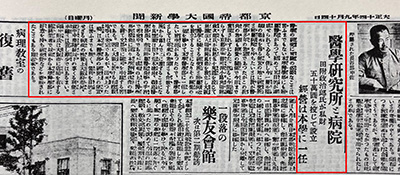
Kyoto Imperial University Newspaper, published September 14, 1925
In 1925, with the approval of both the Minister of Education and the Minister of Home Affairs, the Tazuke Kofukai Medical Research Institute was established within the University's School of Medicine, and in 1928, a clinical medical research hospital was established in Osaka to carry out research projects. The decision to base medical research in Osaka was made at the enthusiastic request of the Osaka city authorities at the time, because Osaka, with its dense population and thriving livelihoods, offered convenient access to a wealth of materials for medical research, and above all, because the wish of the donor, Mr. Tazuke, to "provide the benefits of the latest medical science to the citizens of Osaka" was respected.
The foundation was named by Araki Torasaburo, the president of Kyoto Imperial University. The name "Kakei" was initially considered for the hospital, but based on Tatsuki's desire for a simple name, the name "Kitano" was selected by Seki Hajime, the mayor of Osaka. This name comes from the fact that the area where the hospital will be built was called "Kitano."
In 1927, as preparations for the hospital's founding were steadily underway, the Showa Financial Crisis occurred, and the Ohmi Bank, where the foundation's capital fund was deposited, suddenly closed, resulting in a portion of the foundation's capital fund being written off. As a result, the hospital was forced into a critical situation where it had no choice but to downsize, but thanks to the efforts of the founding executives, including the first chairman, Imamura Shinkichi, the hospital overcame these difficulties and was able to open in February 1928, just as scheduled.
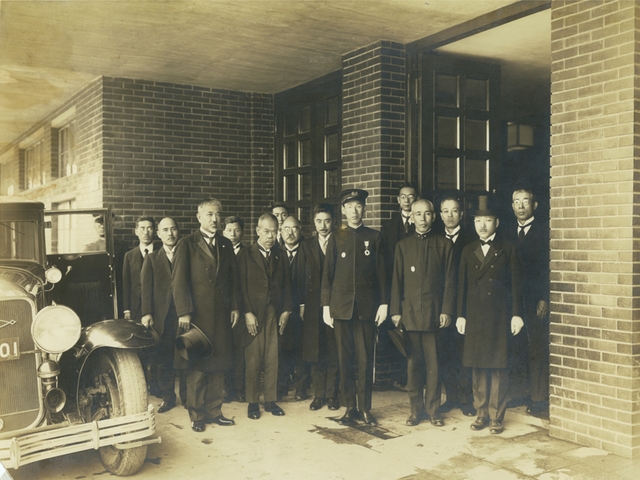
At the front entrance of the hospital
Front row, far left: Chairman Imamura, front row, second from left: Masajiro Tatsuki
After the Showa Financial Depression, the Japanese economy continued to be in a slump, and even though Kitano Hospital had opened, its reputation did not spread among the people of Osaka, and the hospital continued to face difficult financial conditions for a long time, but with the dedicated cooperation of its staff, it steadily carried out its operations.At that time, it was said that a notable feature of Kitano Hospital was that each department was able to receive direct guidance from their respective consulting professors (Kyoto Imperial University Faculty of Medicine).
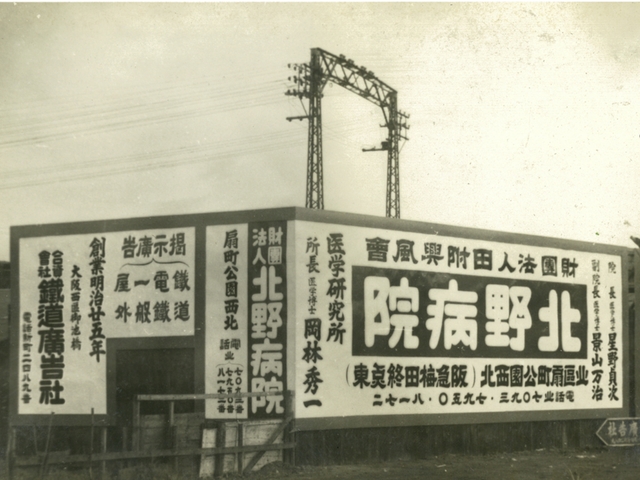
Kitano Hospital sign
Although Osaka is a place where signs are usually larger than stores, many of the management, who value the Kyoto style, were reluctant to accept the idea.
As the years passed, the recession in the Japanese economy began to stabilize, and as a result of the hospital's efforts to radically improve its management, it achieved groundbreaking growth over the seven to eight years from 1934 onwards, expanding its adjacent land holdings and ushering in a golden age in which not a year went by without the sound of hammers and hammers being built.
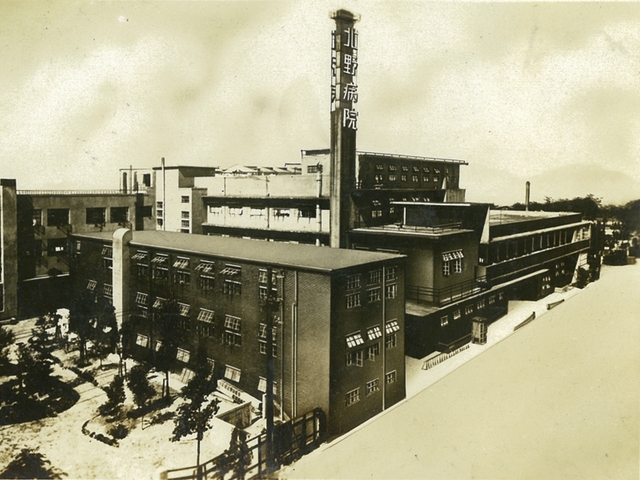
Kitano Hospital around 1934
Transition from European to American exterior design
However, this smooth sailing period did not last long, coming to an end with the outbreak of World War II in 1939. Many hospital staff were mobilized to the battlefield, and the hospital suffered irreparably in the Great Osaka Air Raid. When the war ended in 1945, the hospital facilities were in danger of being requisitioned by the Allied forces. Colonel Sams, commander of the Allied Forces' medical unit, persistently and forcefully negotiated with the hospital on numerous occasions, but when Managing Director Momoshige Miura asked, "In the United States, would it be acceptable to take away a hospital that was built with the kind donations of individuals against the wishes of the donors?" the colonel remained silent without a word of rebuttal, and the hospital facilities were returned in 1950.
Despite the unstable social situation after the war, the challenges of raising funds and securing doctors were mounting, and in response to strong requests from local residents for Kitano Hospital to be reopened, the hospital decided to reopen all facilities at once with 188 beds. Everything, from machinery and equipment to medicines, was borrowed, and there was almost no working capital, but the hospital never forgot the founding purpose of the foundation, which was to "conduct comprehensive medical research, support academic research at the Faculty of Medicine of Kyoto Imperial University (now Kyoto University), disseminate the results of research, and thereby contribute to the development of academia and culture," and the hospital devoted itself to daily medical care and worked to establish a sound management base.
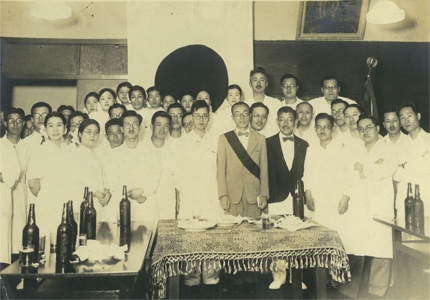
Celebrating departure for war: Many hospital staff members went to the battlefield
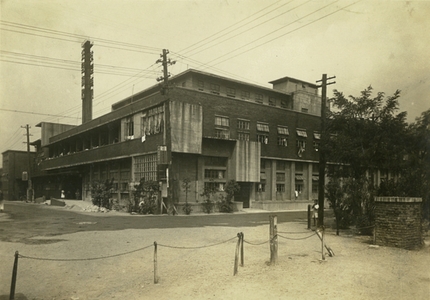
Kitano Hospital after its return Reopened on November 16, 1950
In 1955, when the hospital's medical treatment preparations had been completed after reopening, it was still not doing well financially. However, thanks to the decision of Atsumi Matsuura, the ninth hospital director, who always considered research activities to be his number one priority, the "Kitano Hospital Performance Report," which had been discontinued during the war, was republished as the Medical Research Institute's journal, the "Kitano Hospital Bulletin." As our hospital was a clinical hospital attached to the Medical Research Institute, this event gave hope and energy to the many doctors who were passionate about research.

Kitano Hospital Performance Report Volume 1
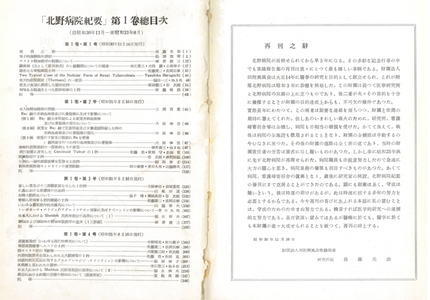
Kitano Hospital Bulletin Vol. 1
After that, the hospital was designated as an emergency hospital, a clinical training hospital, and a research institute eligible for exemption from the Japan Scholarship Foundation's scholarship repayment, and new medical departments such as anesthesiology, neurosurgery, and neurology were opened. The hospital expanded to 510 beds in 1962 and 741 beds in 1981, greatly expanding its scale as an acute care general hospital.
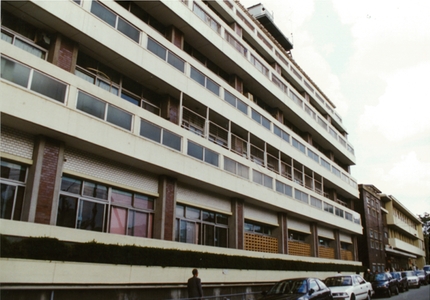
1962 510 beds
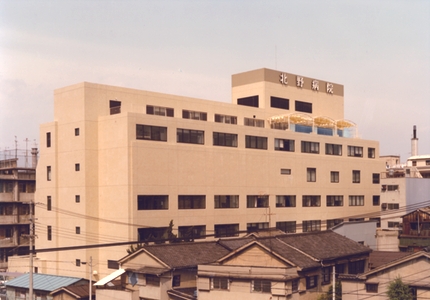
1981 741 beds
Founded in 1928, the Institute moved to its current location in 2001 due to the severe deterioration of its building. The Institute expanded its medical information ordering system, opened an ICU (Intensive Care Unit), CCU (Coronary Care Unit), SCU (Stroke Care Unit), and NICU (Neonatal Intensive Care Unit), and promoted the establishment of centers for specialized fields such as respiratory medicine, gastroenterology, cardiology, and neurology. Furthermore, the Institute has been designated as an Osaka Prefecture Cancer Treatment Center, a Regional Medical Support Hospital, and a Regional Perinatal Maternal and Child Medical Center. In 2011, the Institute transitioned from a foundation to a public interest incorporated foundation. Currently, the Institute is comprised of eight research departments and a clinical trial management center. As a clinical hospital affiliated with the Institute and a core hospital for advanced medical care in Osaka, the Institute continues to keep pace with the changing times.
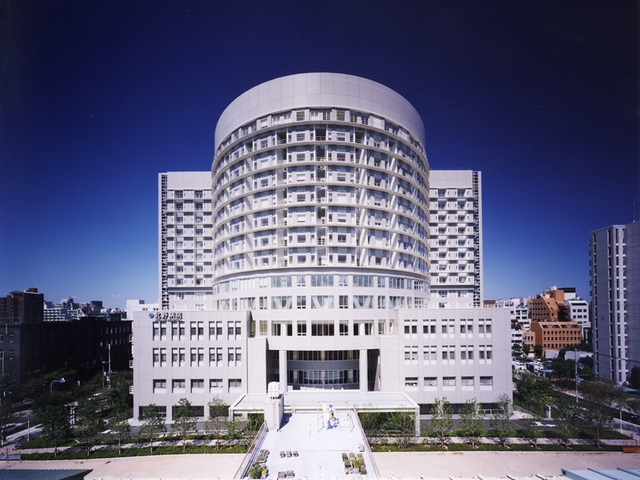
Kitano Hospital upon completion in 2001
| 1925 | Taisho 14 | september | 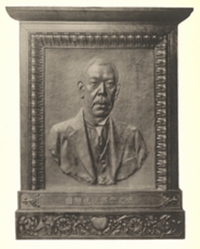
|
|---|---|---|---|
| October |
|
||
| november |
|
||
| 1928 | 1928 | February |
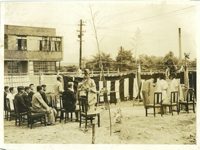  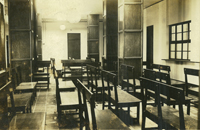 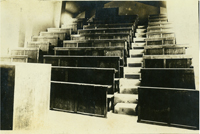
Site: 37 bays east to west, 29 bays north to south. |
| March |
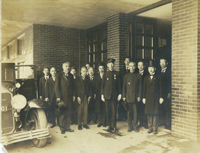
|
||
| 1929 | 1929 | March |
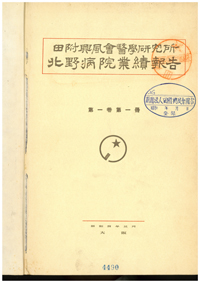
|
| June |
|
||
| 1930 | 1930 | March |

|
| 1935 | 1935 | March |
|
| 1938 | 1938 | March |
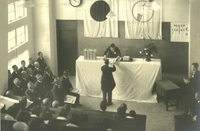 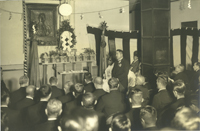  |
| April |
 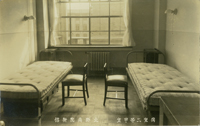
|
||
| 1941 | 1941 | August |
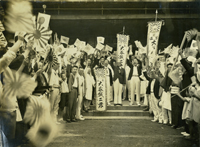  |
| 1945 | 1945 | June |
|
| October |
|
||
| 1950 | 1950 | november |

|
| december |
|
||
| 1951 | 1951 | november |
|
| 1952 | 1952 | July |

|
| October |
|
||
| 1954 | 1954 | december |
|
| 1955 | 1955 | november |

|
| november |
|
||
| 1956 | 1956 | June |
|
| 1957 | 1957 | July |
|
| 1958 | 1958 | June |
|
| 1959 | 1959 | June |
|
| december |
|
||
| 1961 | 1961 | november |
|
| 1962 | 1962 | January |
|
| April |
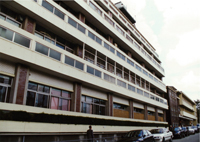
|
||
| June |
|
||
| July |
|
||
| 1968 | 1968 | January |
|
| July |
|
||
| 1980 | 1980 | April |
|
| 1981 | 1981 | March |
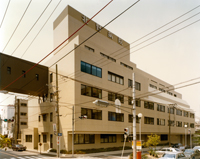
|
| 1983 | 1983 | April |
|
| 1985 | 1985 | February |
|
| 1986 | 1986 | september |
|
| 1993 | 1993 | March |
|
| 1998 | 1998 | April |
|
| June |
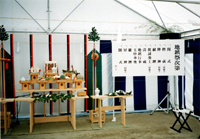 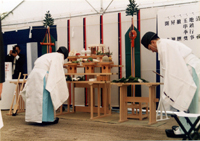 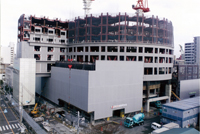 |
||
| november |
|
||
| 2000 | 2000 | January |
|
| April |
|
||
| 2001 | 2001 | september |

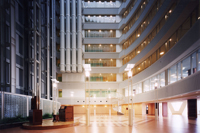 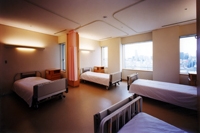 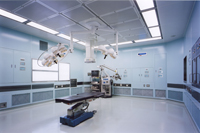 |
|
|||
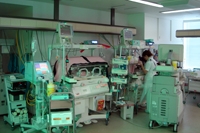
|
|||
| 2002 | 2002 | May |
|
| 2005 | 2005 | February |
|
| April |
|
||
| May |
|
||
| June |
|
||
| August |
|
||
| 2006 | 2006 | April |
|

|
|||
| May |
|
||
| June |

|
||
| October |
|
||
| 2007 | 2007 | March |
|
| June |
|
||
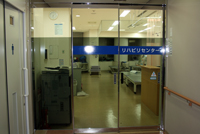 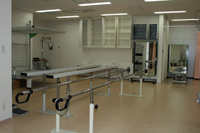 |
|||
|
|||
| July |
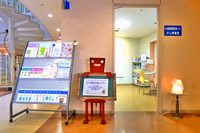
|
||
| september |
|
||
| 2008 | 2008 | February |
|
| April |
|
||
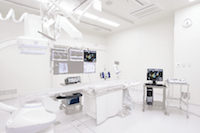 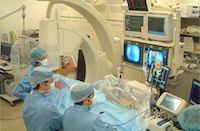 |
|||
| August |
|
||
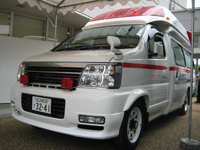
|
|||
| november |
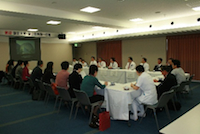
|
||
| 2009 | 2009 | April |
|
| september |

|
||
| november |
|
||
| december |
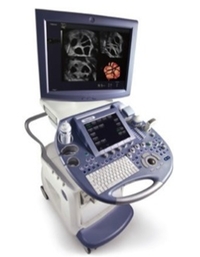
|
||
| 2010 | 2010 | February |
|
| March |
|
||
| April |
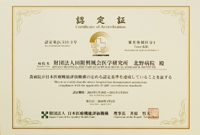
|
||
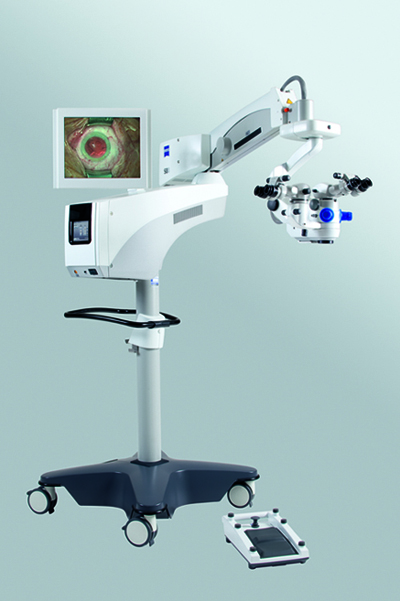
|
|||
| 2011 | 2011 | February |

|
| April |
|
||
| september |

|
||
| October |
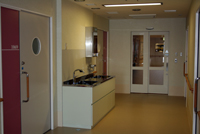 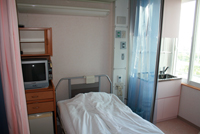 |
||
|
|||
| november |
|
||
| 2012 | 2012 | April |
|
| May |
|
||
| september |
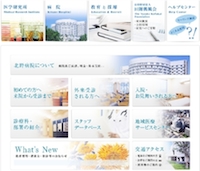
|
||
| 2013 | 2013 | February |
|
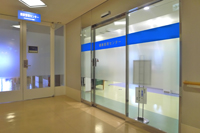 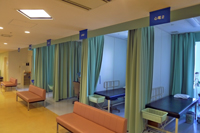 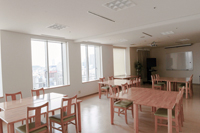 |
|||
|
|||
| March |
|
||
| April |
|
||

|
|||
| May |

|
||
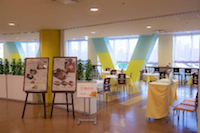
|
|||
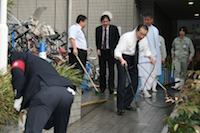
|
|||
| June |
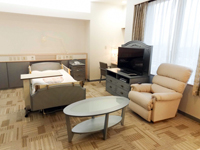
|
||
| July |
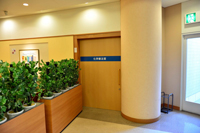 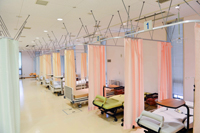 |
||
| August |
|
||
| 2014 | 2014 | February |
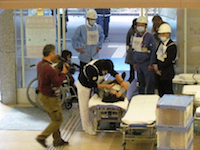 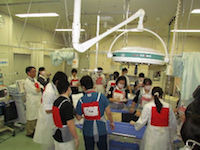 |
| April |
|
||
| november |
|
||
| 2015 | 2015 | April |
|
| 2017 | 2017 | March |
|
| 2018 | 2018 | April |
|
| October |
|
||
| november |
|
||
| 2019 | 2019 | February |

|
| April |
|
||
| 2019 | June |
|
|
| July |
|
||
| October |
|
||
| november |
|
||
| 2020 | Reiwa 2 | April |
|
| June |
|
||
| november |
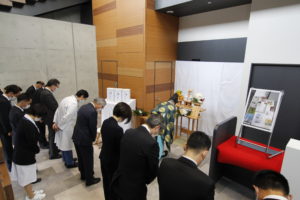 
|
||
| 2021 | Reiwa 3 | April |
|
| June |
|
||
| september |
|
||
| October |
|
||
| 2022 | Reiwa 4 | January |
|
| March |
|
||
| April |
|
||
| July |
|
||
| October |

|
||
| november |
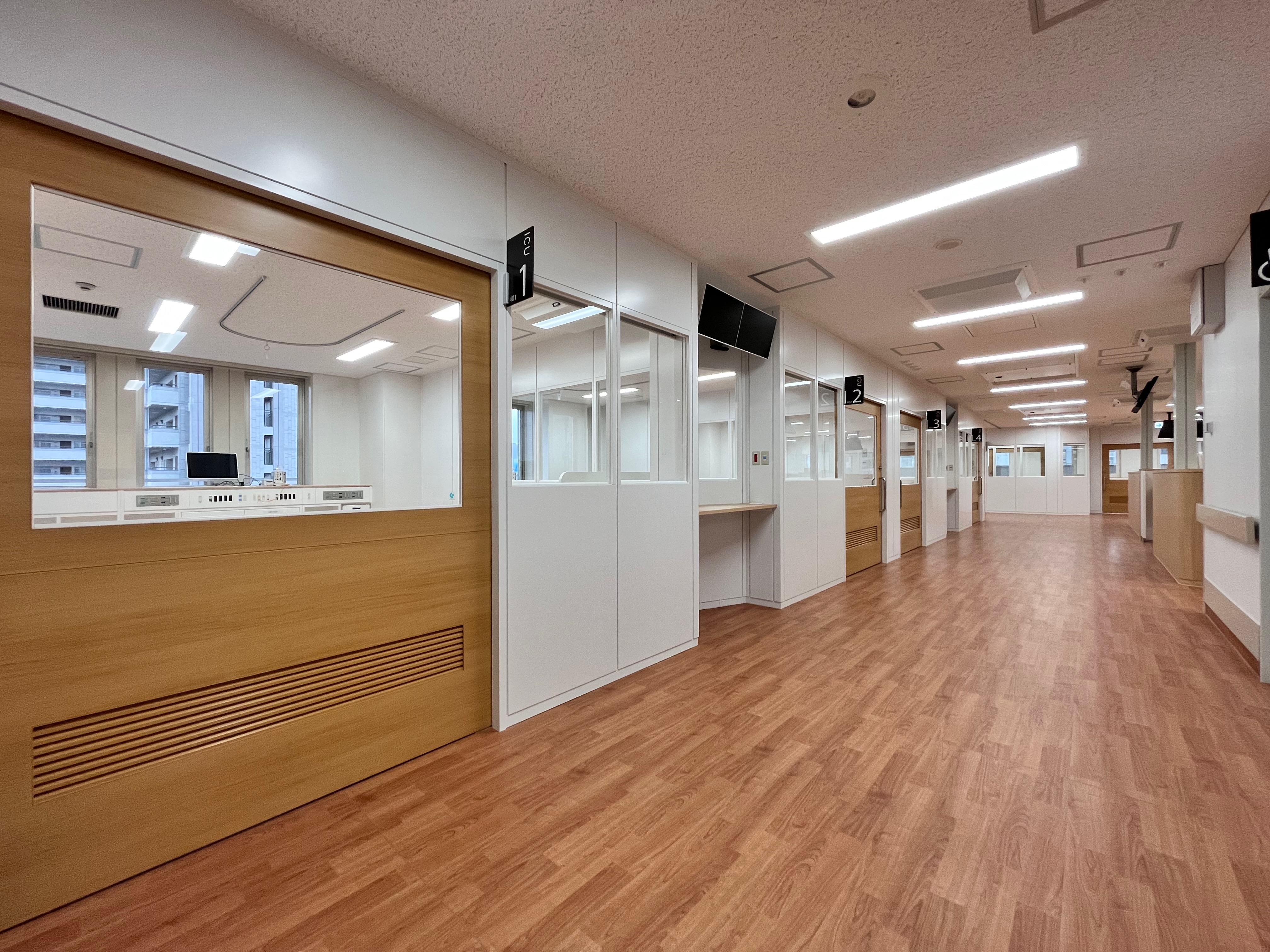 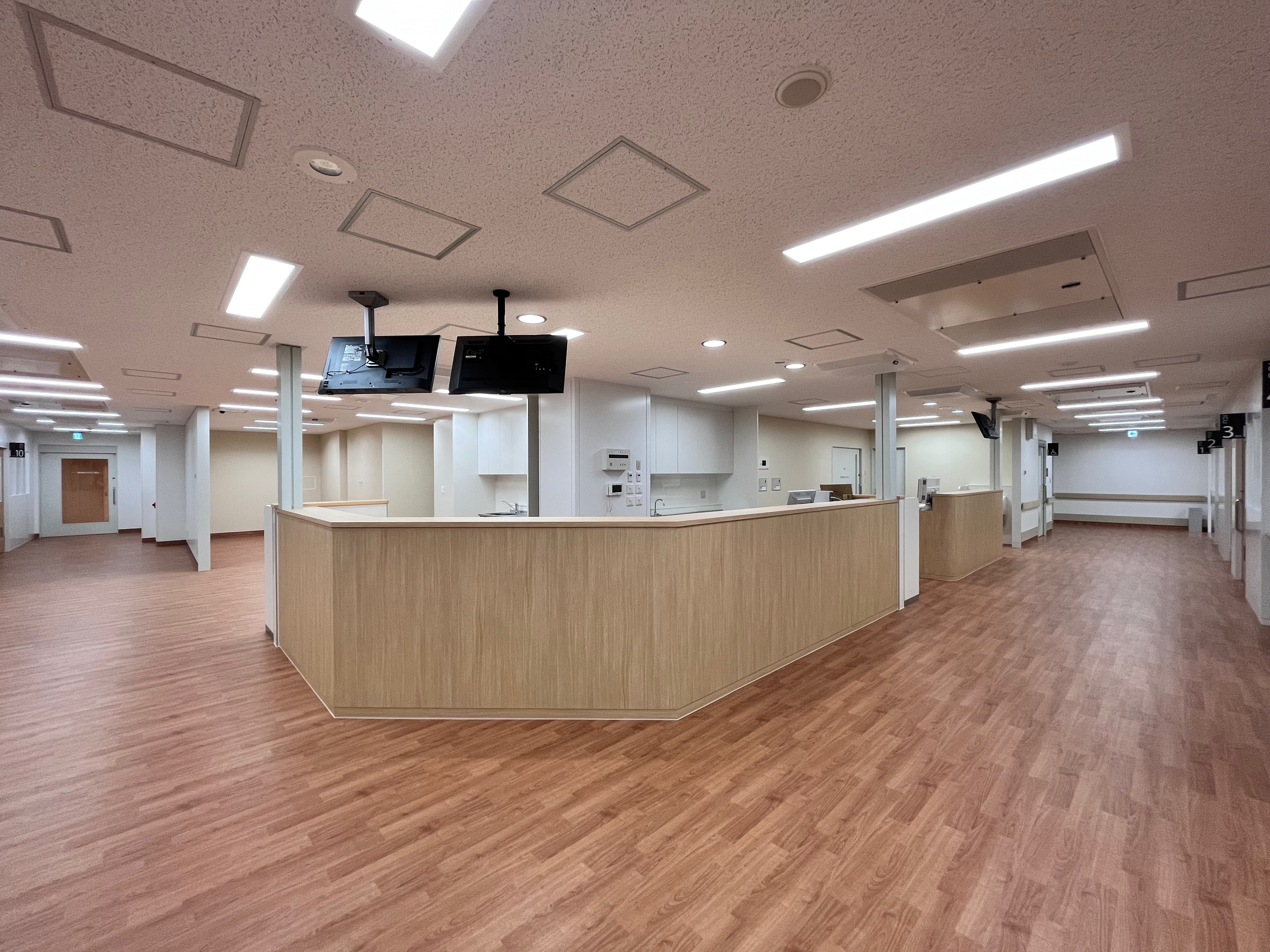 |
||
| 2023 | Reiwa 5 | January |
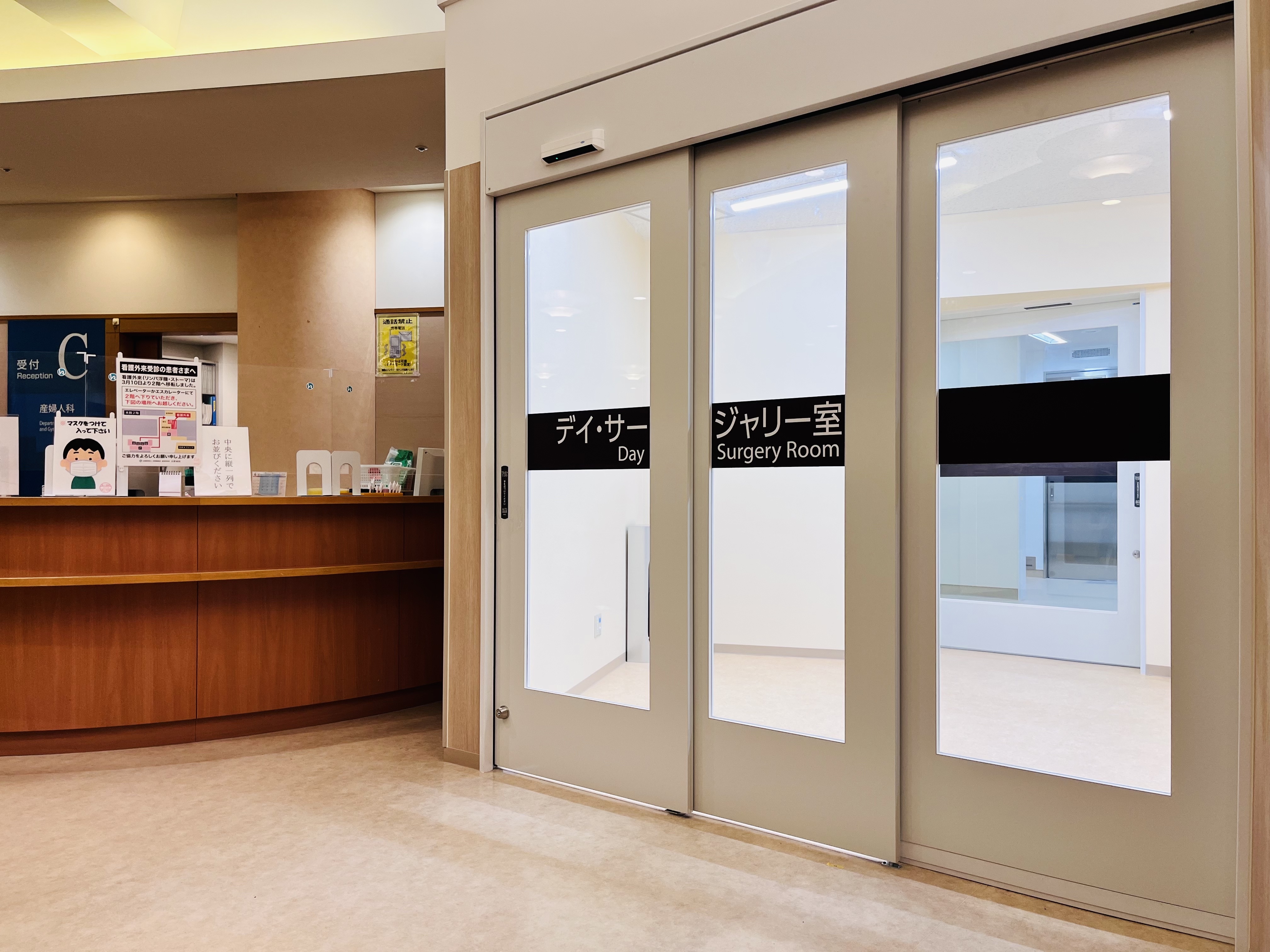
|
| september |
|
||
| 2024 | Reiwa 6 | January |
|
| February |
|
||
| March |
|
||
| April |
|
||
| May |
|
||
| november |
|
||
| december |
*An organization with the public interest as its objective, which has legal personality and which carries out activities that significantly contribute to the promotion of public interest, has been recognized by the Order of the Orders and Decorations Bureau based on an application from a government ministry or agency that has a close relationship with the organization. |
||
| 2025 | Reiwa 7 | January |
|
| April |
|
||
| november |
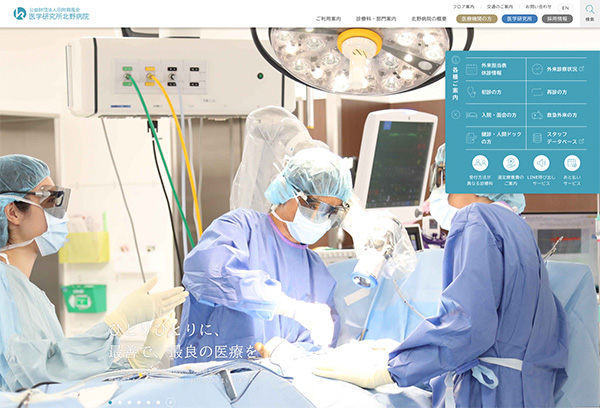
|